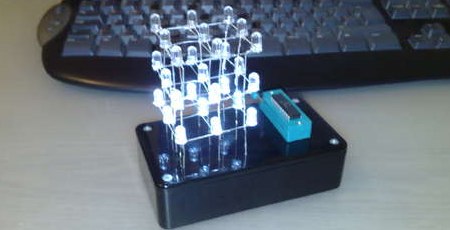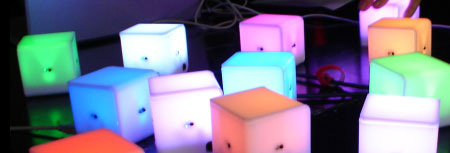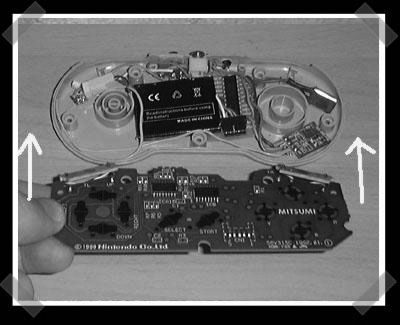[youtube=http://www.youtube.com/watch?v=ThMd9YR1MAg]
[Andrius] just sent in his robot Rubik’s cube solver. It isn’t as fast as the solver we saw last year but it also doesn’t require as many parts either. This project utilizes two claws, each actuated by just two servo motors. The thinking is done by a PC which calculates the necessary moves to solve the cube. Each instruction is then passed via USB to the AVR ATmega16 microcontroller that is responsible for the servo operation.
Right now it looks like the colors for each starting face have to be entered manually before a solution is calculated. We think [Andrius] is probably planning to upgrade this with the next generation of his software as he already has a webcam setup for this type of analysis.















